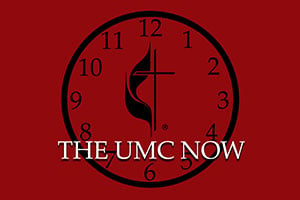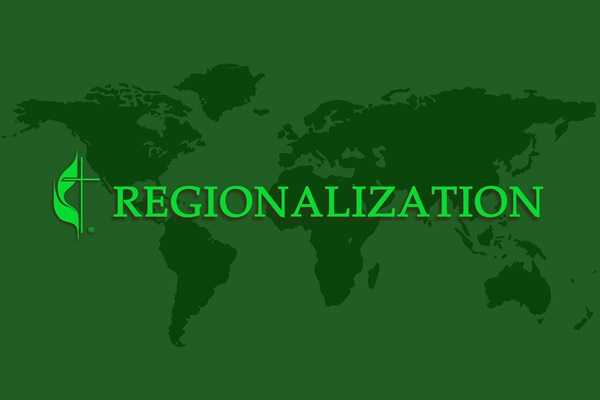If you are in or around United Methodist leadership circles, you may have heard the word “regionalization” more frequently in recent months.
In this series, Ask The UMC will explore the ways that regionalization already exists for central conferences and the opportunities it gives them, as well as the implications of enabling a greater degree of regionalization for United Methodists in the United States.

Part 1: Regionalization is already (partly) here
Regionalization has been a reality for central conferences in The United Methodist Church since its founding in 1968.
READ STORY
Part 2: Regionalization is Customization
Central conferences have made some use of their ability to adapt the Book of Discipline for their settings. They could be doing even more.
READ STORY
Part 3: Regionalization requires effective communication
As the UMC regionalizes, there will be an increasing need for reliable communication about adaptations each regional body has made to ensure effective collaboration across the connection.
READ STORY
Part 4: What does the the proposed regionalization plan do -- and not do?
Legislation the Standing Commission on Central Conference Matters is bringing to General Conference takes several steps toward a goal of building connectional unity while making room for customization in each region of the world.
READ STORY
Part 5: The path to greater regionalization in the future
If passed, the regionalization legislation proposed by the Standing Commission only begins the process of strengthening worldwide United Methodist connections while maximizing regional flexibility and effectiveness in mission. Worldwide collaboration and consultation will continue in the years to come.
READ STORY




